Fly control is a crucial aspect of maintaining a clean and healthy environment, whether in your home, yard, or farm. Flies are not only a nuisance but can also carry diseases, making effective control essential. In this guide, we will explore the best methods and products for controlling flies, including house fly population control, cattle fly population control, and outdoor control. We will also discuss the importance of understanding fly species, their life cycle, and the breeding areas to achieve optimal results in fly population control.
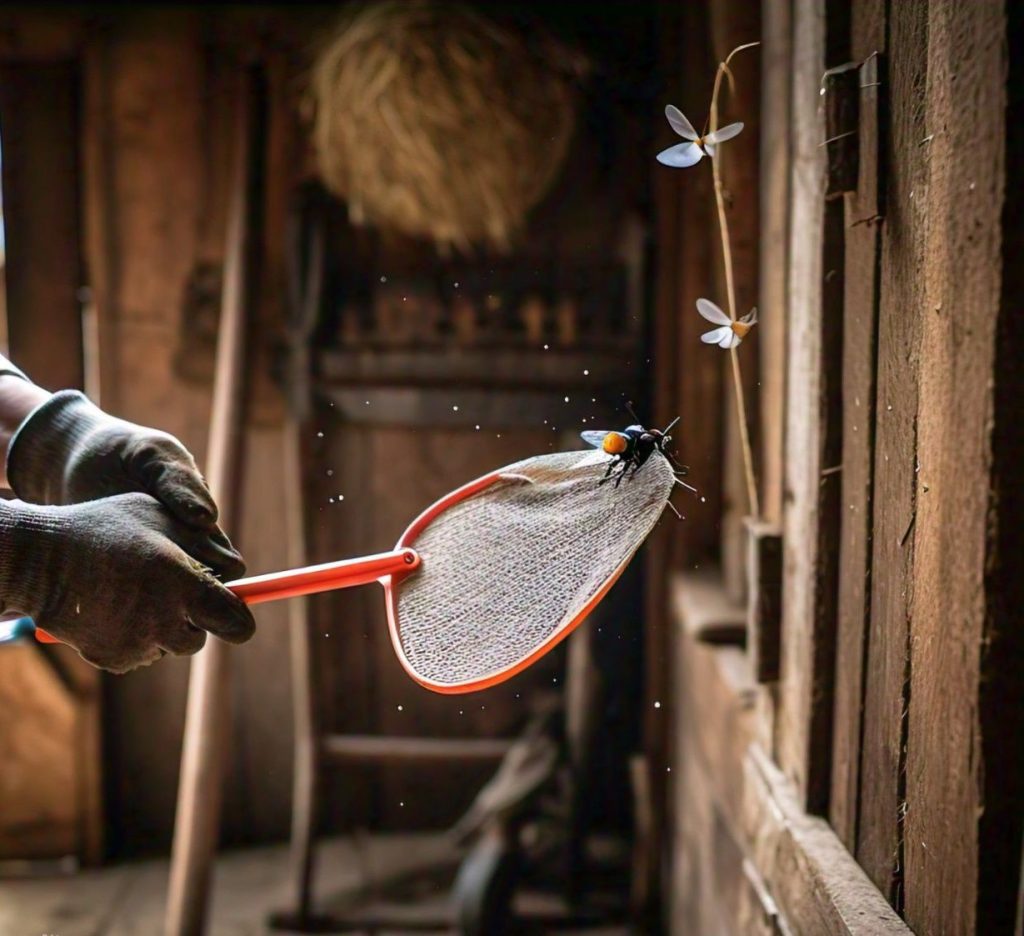
Understanding the Need for Fly Control
Flies are more than just annoying insects; they can pose significant health risks. House flies, for instance, are known to spread over 100 pathogens, including bacteria that can cause food poisoning, dysentery, and even tuberculosis. Effective fly control is not only about comfort but also about protecting health.
Why is Fly Control Important?
- Disease Prevention: Flies are vectors for various diseases. House fly solution is essential to prevent the spread of bacteria and viruses in your living spaces.
- Comfort: Flies can be a significant nuisance, especially during fly season. Proper fly solution in the house and yard ensures a comfortable living environment.
- Protection of Livestock: Cattle fly eradication is crucial for the well-being of farm animals. Flies can cause irritation and stress to livestock, affecting their health and productivity.
Types of Fly Control
There are several methods of fly population control, each suited for different environments and fly species. The following are the most common fly control strategies:
1. House Fly Control
House flies are the most common fly species found in homes. They are attracted to organic matter, food sources, and waste. Effective house fly solution involves:
- Sanitation: The first step in house fly elimination is maintaining cleanliness. Ensure that garbage is disposed of properly, and food is covered.
- Fly Traps: Light traps and sticky traps are effective for catching flies indoors. These traps attract flies using light or bait and capture them on sticky surfaces.
- Chemical Control: In cases of severe infestation, chemical control of housefly can be necessary. Fly fumigation and fly spraying are common methods to eliminate large populations of flies quickly.
- House Fly Control Products: Various products, including sprays, baits, and electric fly killers, can be used to control house flies effectively.
2. Cattle Fly Control
Flies are a common problem on farms, particularly around cattle. Bovine fly control is essential for the health and productivity of livestock. Common methods include:
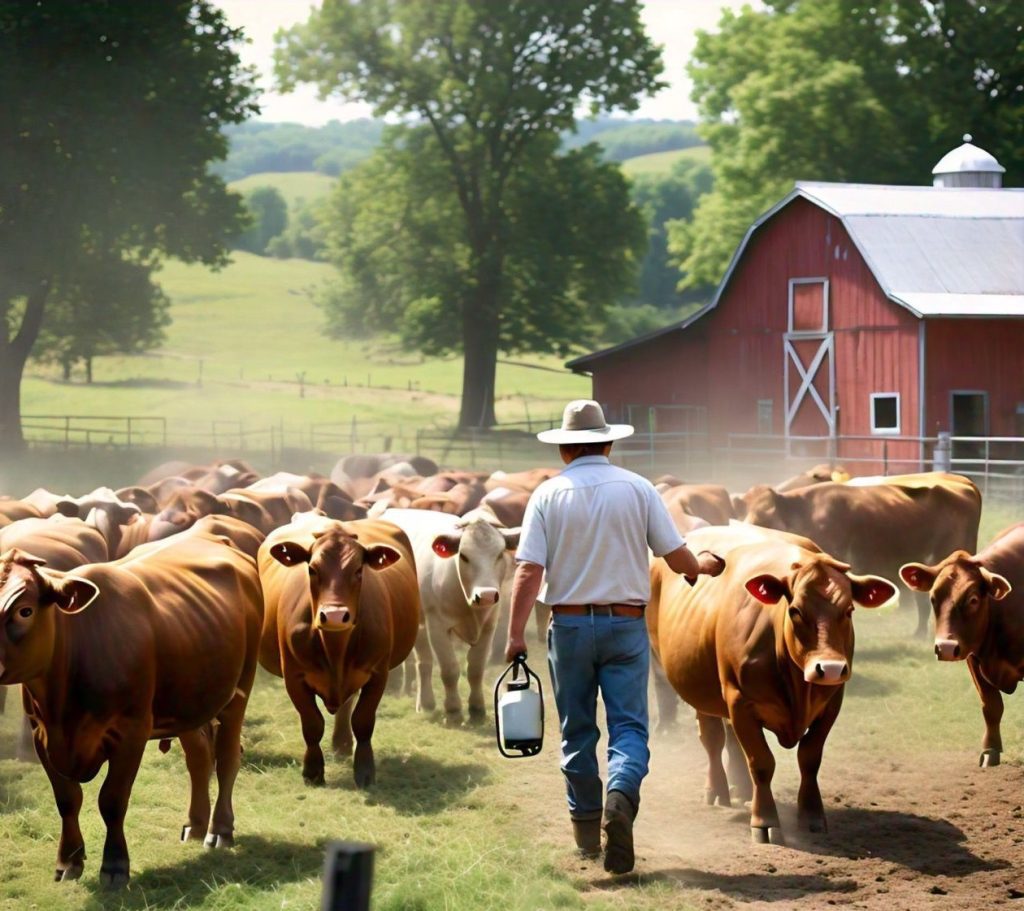
Fly Control for Cattle: Cattle fly eradication involves using insecticides, fly repellents, and fly traps designed specifically for use around livestock. These products help reduce the number of flies that bother the animals.
- Outdoor Fly Control: Fly solution outside, especially around barns and stables, is crucial. Regular cleaning of manure and using outdoor fly traps can help minimize fly populations.
- Fly Control for Cows: Similar to cattle, fly solution for cows involves targeted treatments, including sprays and repellents, to keep flies at bay.
3. Yard and Outdoor Fly Control
Flies are attracted to yards for various reasons, including food sources, organic matter, and waste. Yard fly control is essential to keep flies from entering your home or bothering outdoor activities. Here’s how to achieve effective yard fly control:
- Sanitation: Regularly clean up pet waste, fallen fruits, and other organic matter in your yard.
- Fly Traps: Place fly traps around the yard to capture flies before they enter your home. These can include sticky traps, bait traps, and electric fly killers.
- Fly Spraying: Use fly spraying as a preventive measure, especially during fly season, to keep flies from breeding and spreading.
Fly Control Products and Solutions
When it comes to fly populations control, there are various products and solutions available. Here’s a look at some of the most effective fly control products:
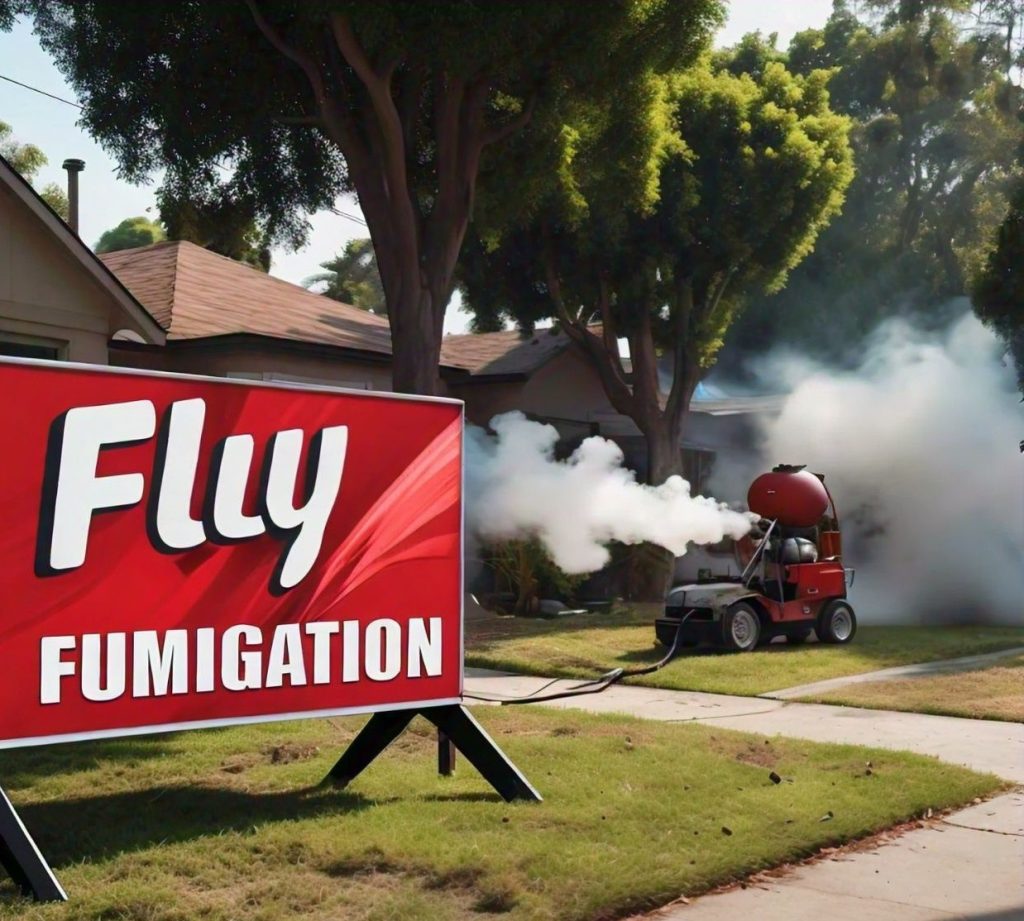
Fly Fumigation: Fly fumigation involves the use of chemicals to eliminate flies in enclosed spaces. This method is particularly effective for severe infestations.
- Fly Eliminators: These are small, parasitic insects that feed on fly pupae, reducing the fly population naturally.
- Fly Removal Products: Various sprays, baits, and traps are available for fly removal. Choose products based on the specific fly species and environment.
- Fly Spraying: This involves using insecticides in the form of sprays to kill flies. It is an effective method for both indoor and outdoor fly populations control.
Key Considerations for Effective Fly Control
Achieving optimal results in fly solution requires a comprehensive approach. Here are some factors to consider:
1. Understanding Fly Species
Different fly species may require different control methods. For example, fruit fly control may differ from house fly populations control or fungus fly. Identifying the fly species can help you choose the most effective control strategy.
2. Breeding Areas
Flies breed in specific areas, often where there is organic matter. For instance, stable flies breed in decaying vegetation and manure. Identifying and treating these breeding areas is crucial for effective fly solution.
3. Fly Populations and Life Cycle
Understanding the life cycle of flies can help in planning a fly control program. For example, interrupting the breeding cycle by removing organic matter or using insecticides can significantly reduce fly populations.
Preventive Measures for Long-Term Fly Control
Prevention is always better than cure. Here are some preventive measures to ensure long-term fly populations control:
- Maintain Cleanliness: Regular cleaning of potential breeding sites, such as garbage areas, barns, and kitchens, can prevent flies from laying their eggs.
- Use Fly Control Programs: Implementing a comprehensive fly populations control plan, including the use of fly control products and regular monitoring, can keep fly populations under control.
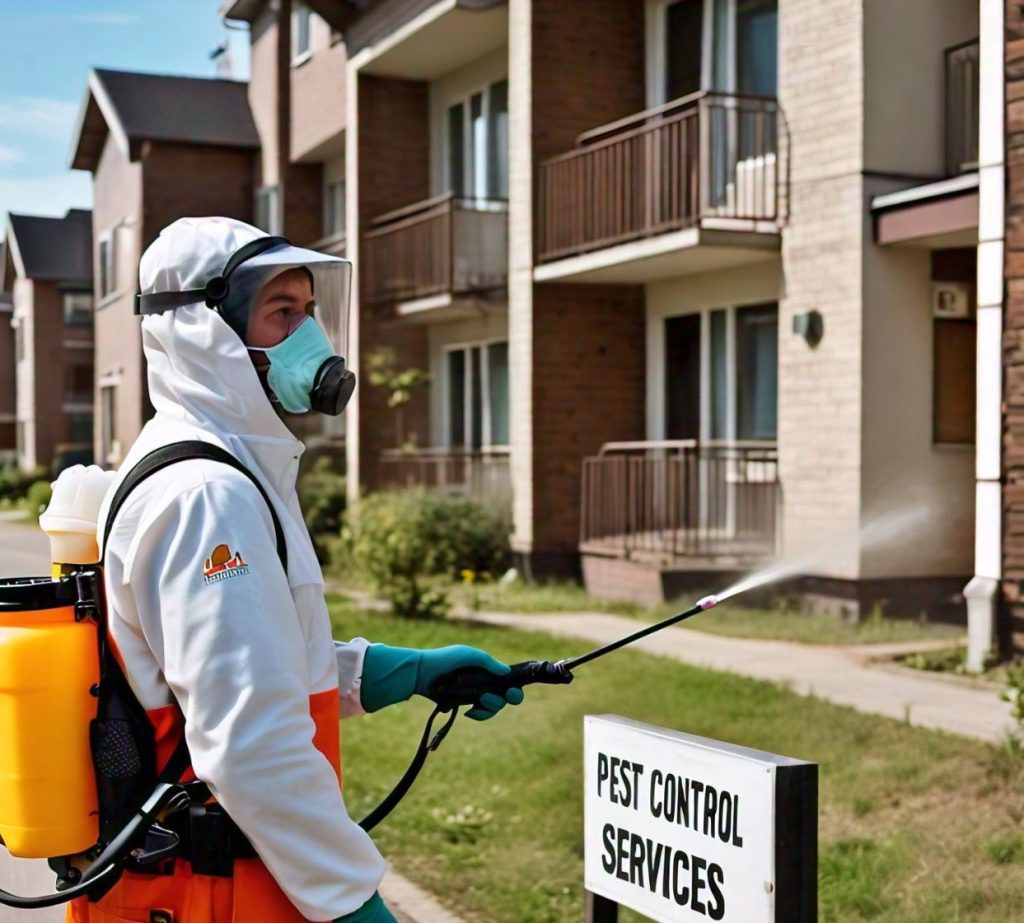
Pest Control Services: For severe infestations, consider hiring professional pest control services that specialize in fly eradication.
Conclusion
Fly populations control is an essential aspect of maintaining a healthy and comfortable environment, whether at home, in the yard, or on a farm. By understanding the behavior and life cycle of flies, and using the appropriate fly control methods and products, you can effectively manage and reduce fly populations.
Remember, fly populations control is not just about using the right products; it’s about a comprehensive approach that includes sanitation, preventive measures, and understanding the specific needs of your environment. Whether you’re dealing with house flies, fruit flies, or flies around cattle, the strategies outlined in this guide will help you achieve optimal results.
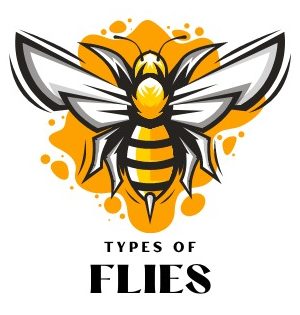
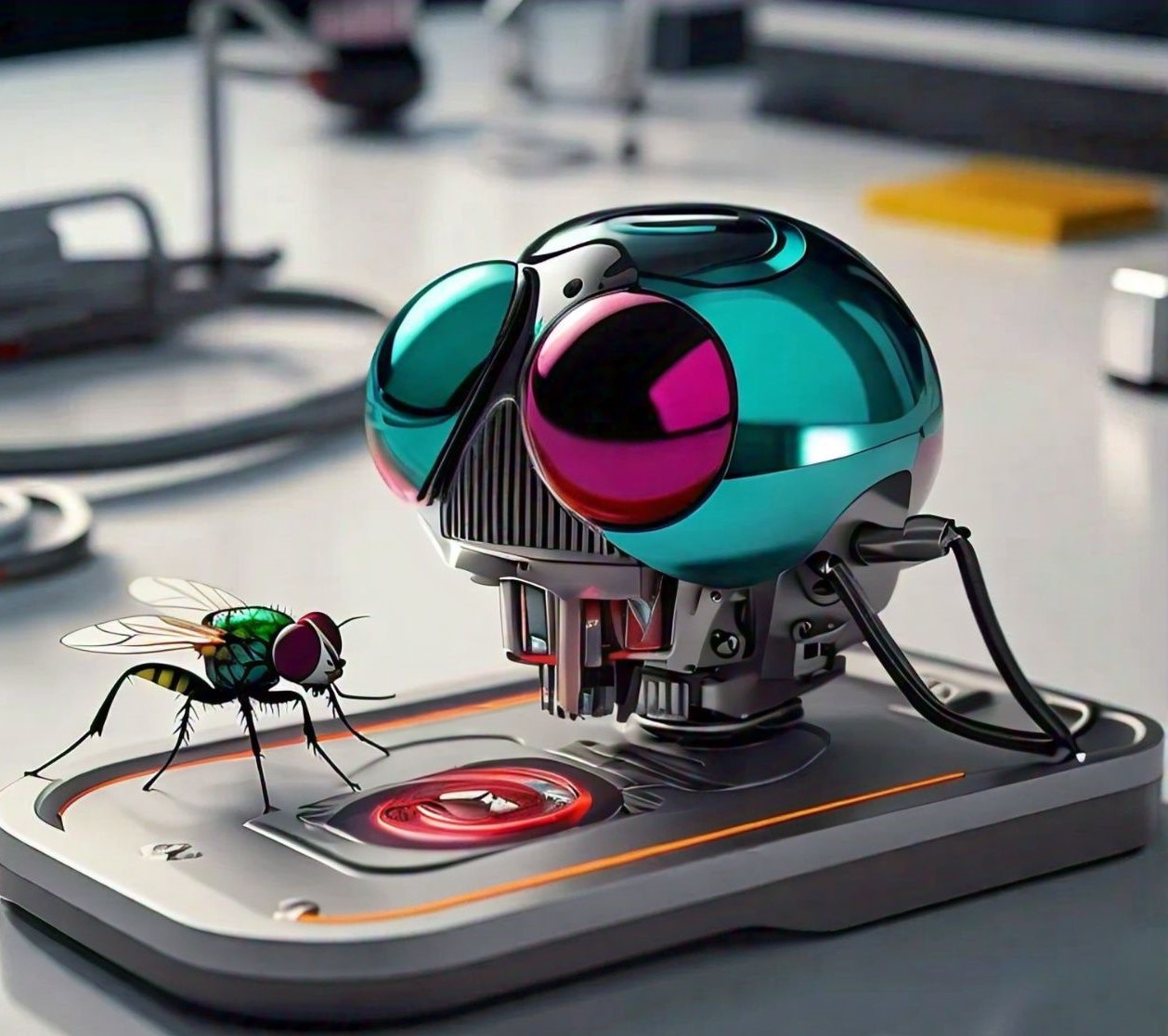
☺️👍 this is an amazing and useful information and the researcher did excellent job.
Very helpful tactics for house flies
It’s much informative
[…] to get rid of phorid flies? Phorid flies, also known as humpbacked flies, are a common nuisance in households and commercial spaces, particularly during warmer months. […]
[…] presence of tiny flies in grass can be a nuisance and a potential problem. Grass is an essential element of many landscapes, […]